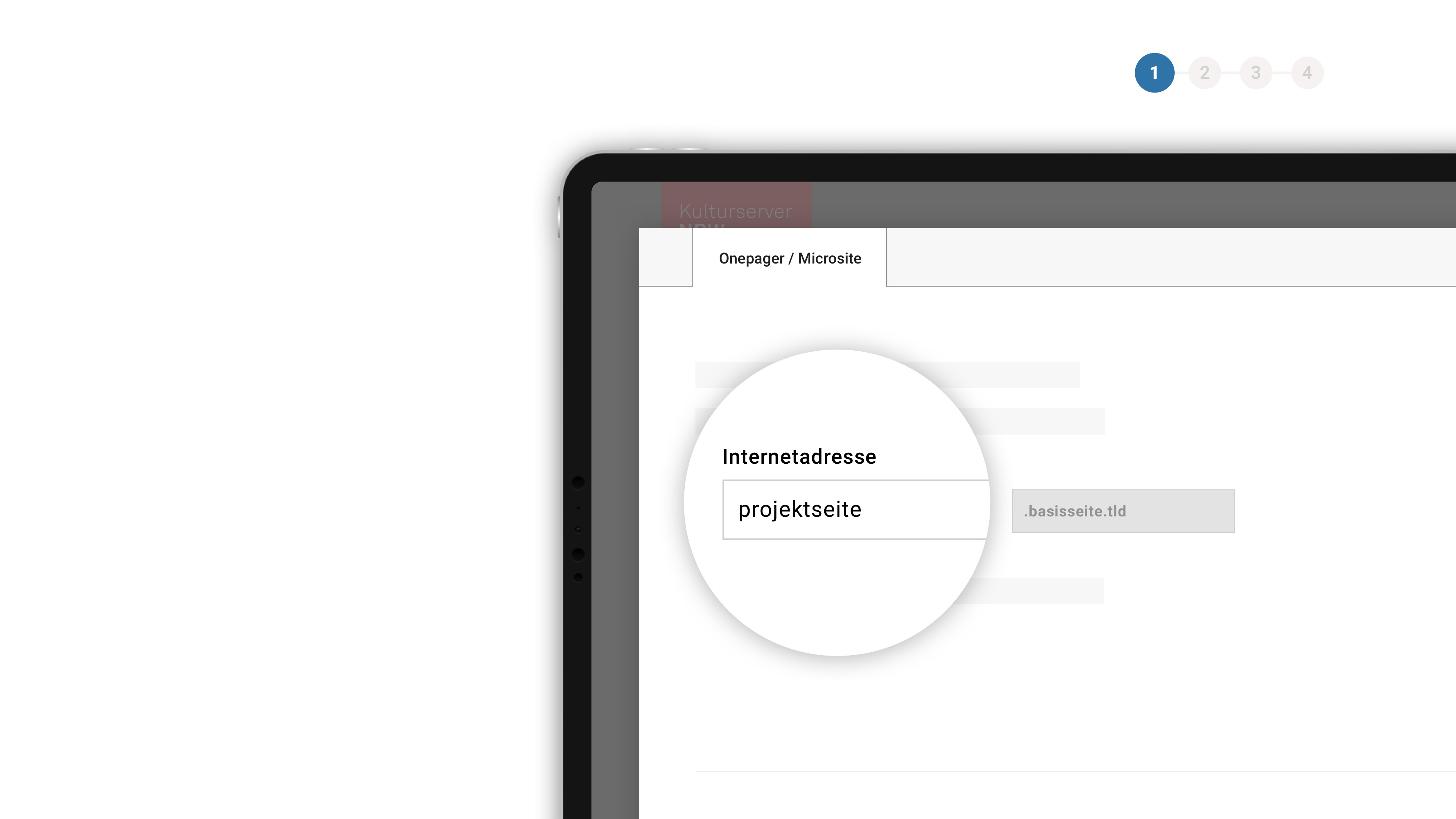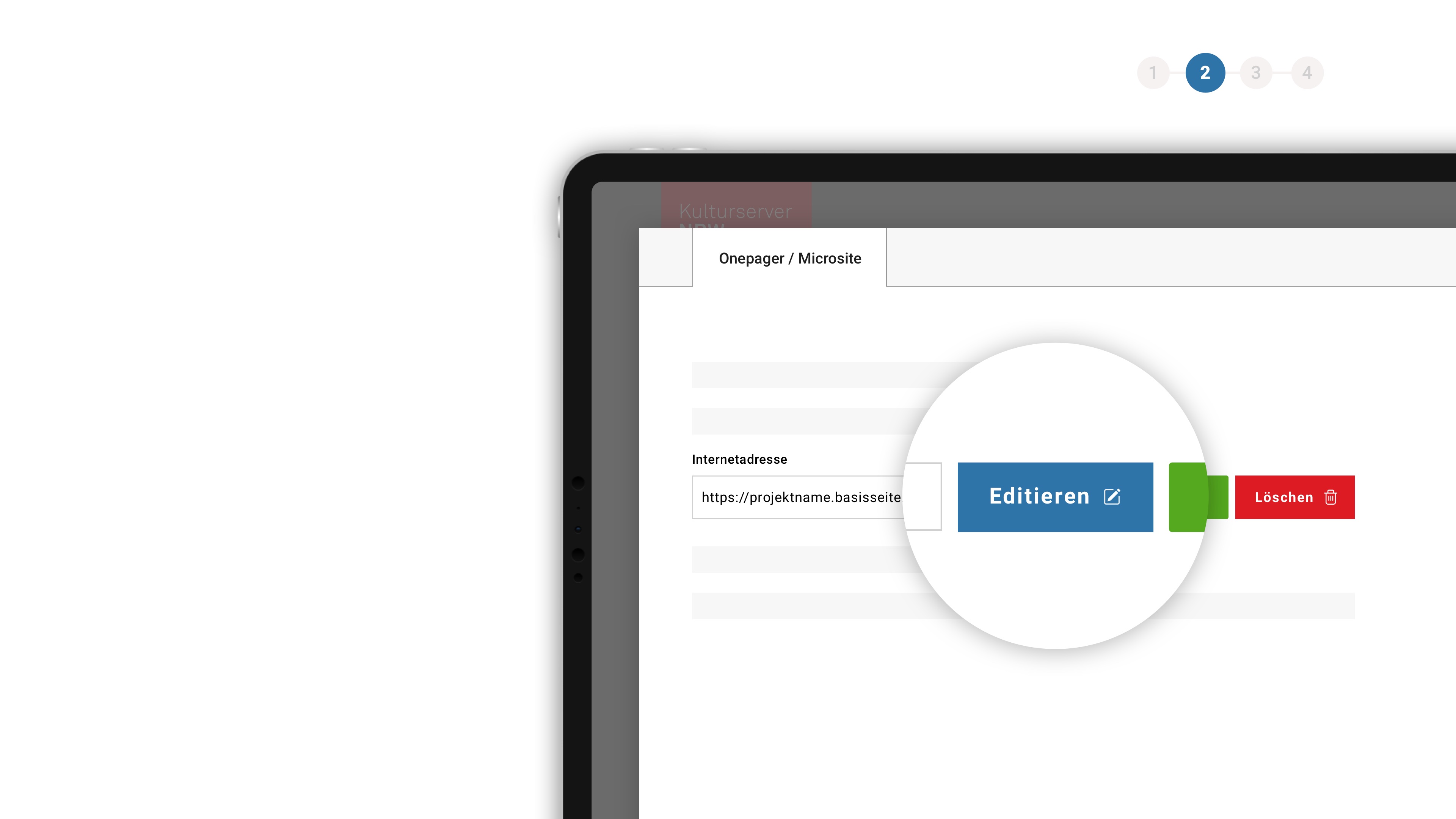Skandal! - Deutsche Oper Berlin
Scandal!
The Deutsche Oper Berlin is devoting a Foyer exhibition to the public outrage
Around 10 p.m., the moment had finally arrived. Anyone who attended the premiere of Verdi's LA FORZA DEL DESTINO at the Deutsche Oper Berlin on 2 October 1982, would have realised at that moment, at the very latest, that they were witnessing a genuine operatic scandal: The house's young chief conductor, the Spaniard Jesús López-Cobos, had to interrupt several times to bring the third act of the piece to a close. Time and again, outraged heckles and choruses of booing prevented the piece from continuing, further inflaming the already explosive atmosphere. Even the wife of the mayor of Berlin joined the protest, which two days later even earned her the ingenious headline "Mrs. Weizsäcker's Quiet 'Boo'" on the front page of the newspaper BZ.
What, exactly, had happened? The house's new artistic director, Götz Friedrich, had hired Hans Neuenfels, of all people, for the new production of Verdi's most outrageous opera. His production of AIDA in Frankfurt had not only earned him death threats from angry opera fans, but also the reputation of an "enfant terrible of director's theater." And Neuenfels had remained true to himself this time, bringing jeeps and tanks, fascists, psychoanalysts and Madonnas onto the stage. When, at the climax of the apocalyptic goings-on in the play's grand war tableau, soldiers crippled from battle were also beaten by guards, a storm of indignation erupted, which was soon reported, embellished and commented on nationwide. Everyone agreed that a real scandal had taken place at the Deutsche Oper Berlin – and a glimmer of that excitement can still be seen in the shining eyes of old operagoers when they recount that evening.
However, if one tries to fathom what the actual scandal was here, things become more confusing. Was the annoyance (Greek: skandalon) Neuenfels's bold attack on Verdi or the disruption of the performance, which even then led to heated arguments among the audience? In fact, the number of scandals with a clearly identifiable cause is rather small – bribery scandals and covered-up abuse fall into this category. The classical opera scandal, on the other hand, is characterised much more by a clash of worldviews and opinions for which the events on stage are merely a crystallisation point and the theater a resonance chamber with public impact: When, for example, in the 1950s the first Black singer to appear on the stage of the Deutsche Oper, Vera Little, sparked tumultuous protests, this reflected – in addition to the obvious racism – the fear felt by many in post-war Germany of an "Americanisation" of society. Yet this particular example also demonstrates how views on what is actually scandalous can shift over time. The use of Christian symbols on stage, for example, which a few decades ago would have sparked protests from devout Christians, is now met with only a shrug, even by the most traditional segment of the audience. When it comes to Islam, however, as made evident by the excitement surrounding the Deutsche Oper Berlin's IDOMENEO production—again by Hans Neuenfels – this is inevitable, primarily because the debate about how to deal with Islam is a central theme.
This season, the Deutsche Oper Berlin is presenting an exhibition in the Foyer about some of the most heated debates that have taken place in and around the opera house since 1945: resistance to modernism in art, protests against opera-going dictators, and the fight against cultural dismantling. Throughout all these "scandals," the opera house has always also been a venue for the conflicts that have troubled society. And we will likely have to endure this in the future as well.- Text: Jörg Königsdorf





